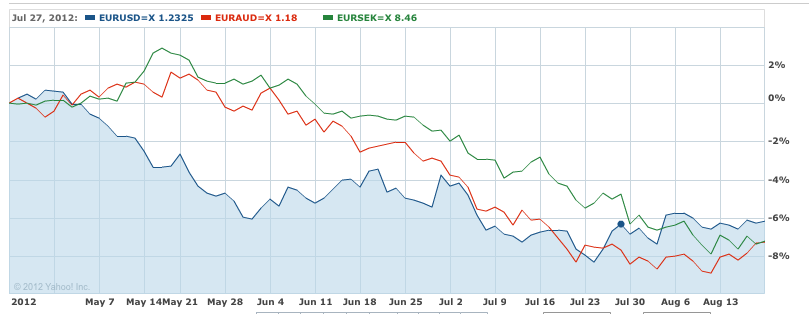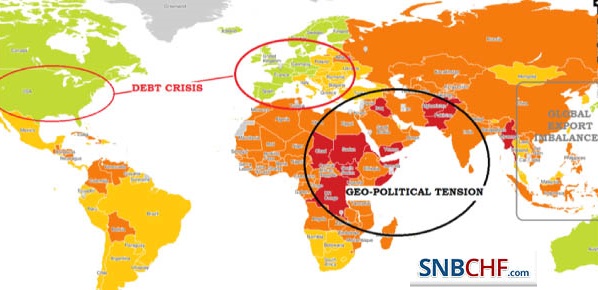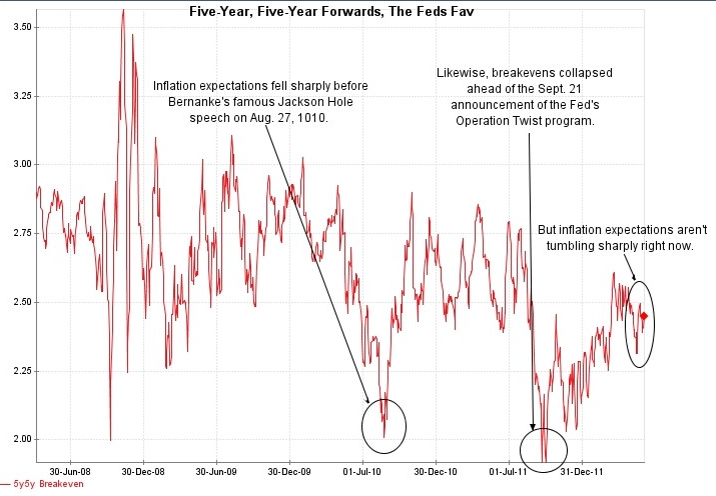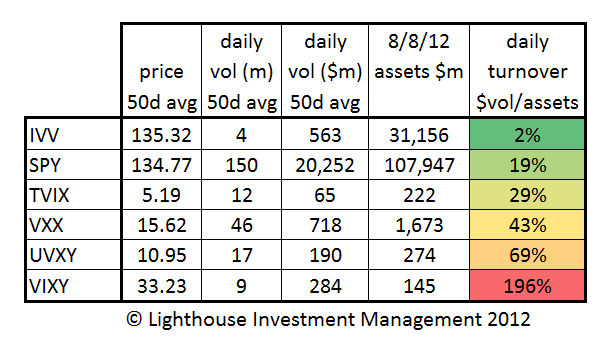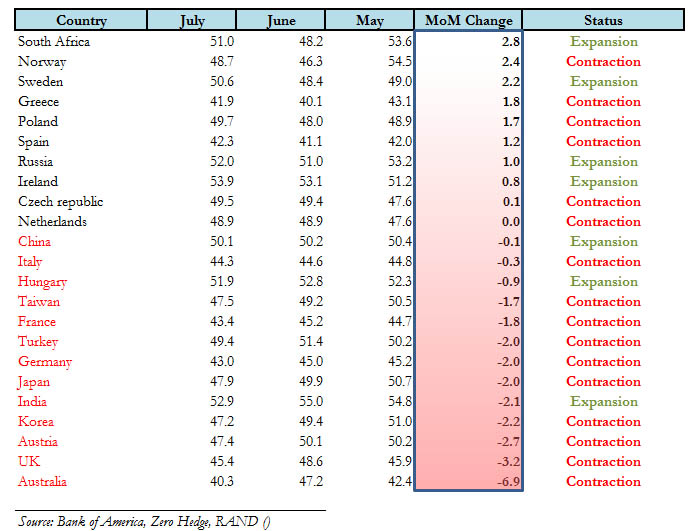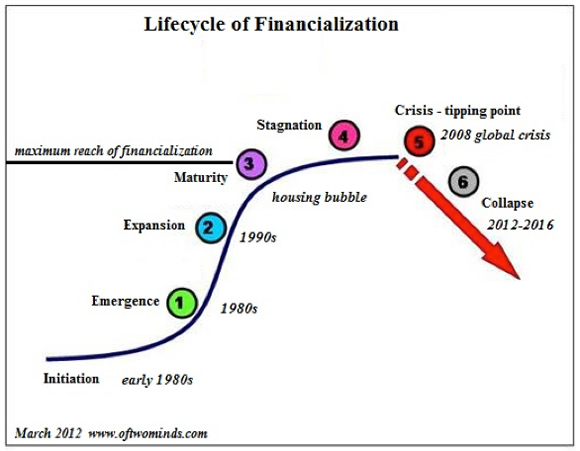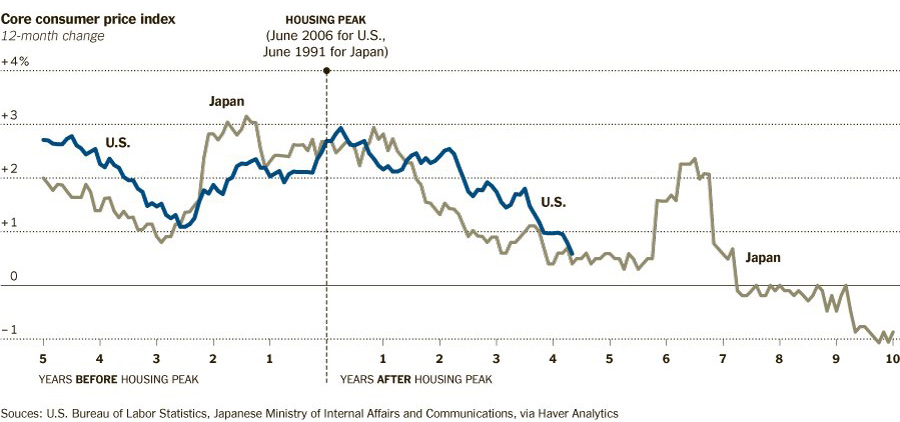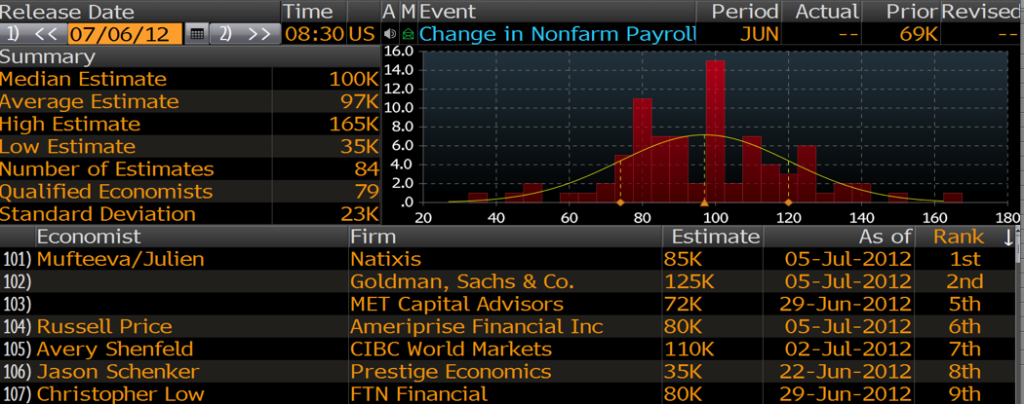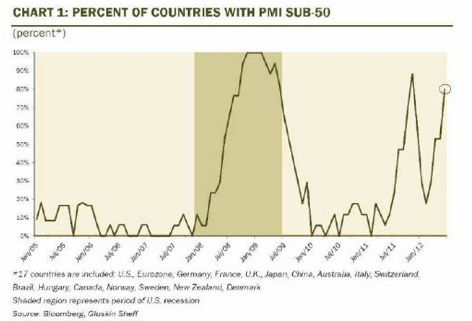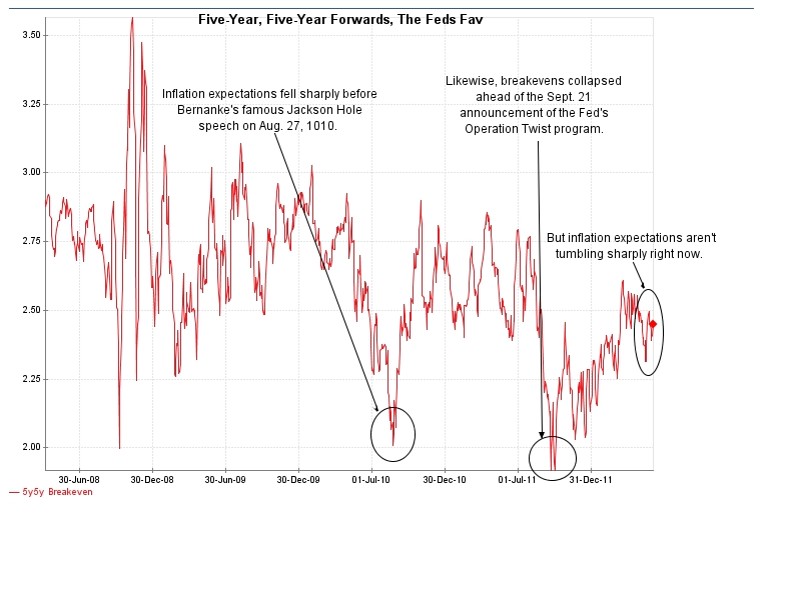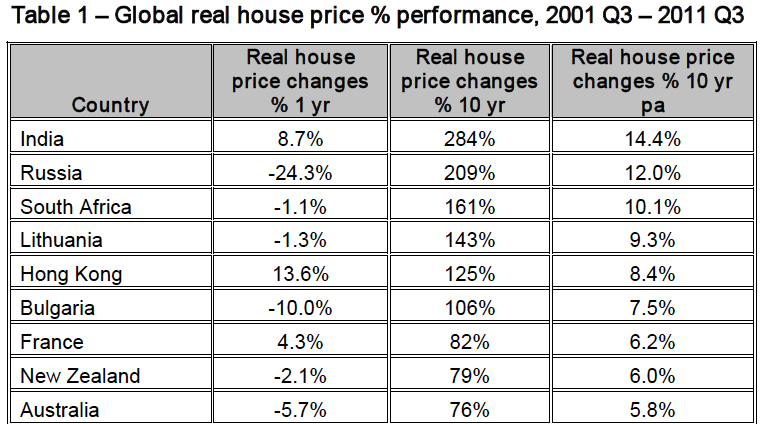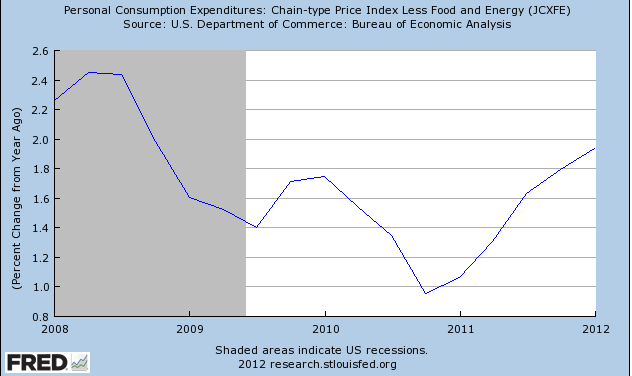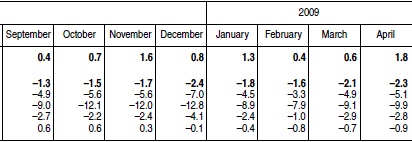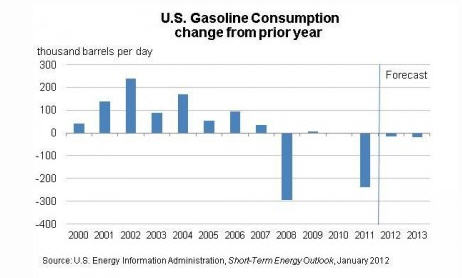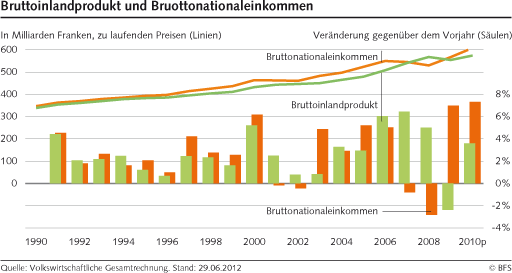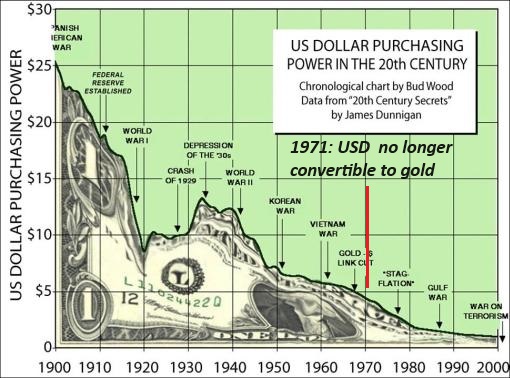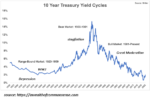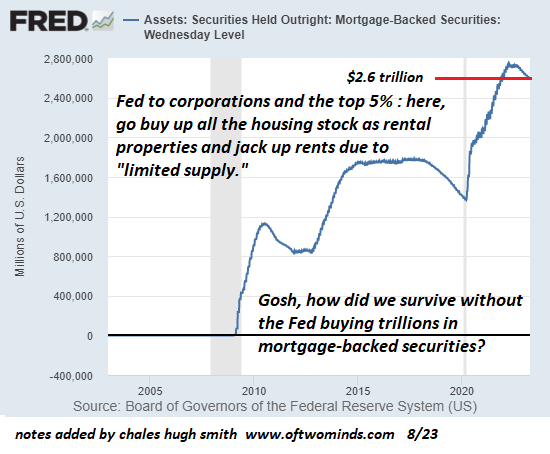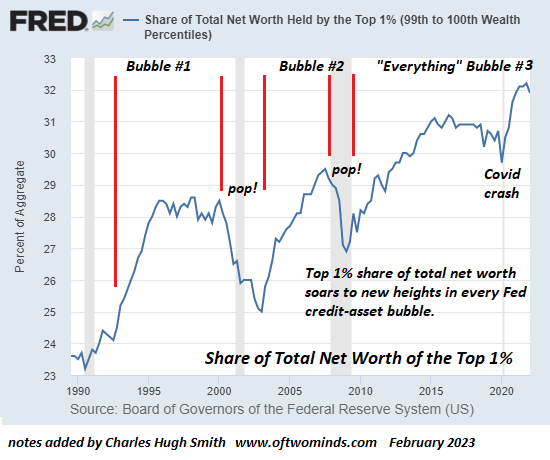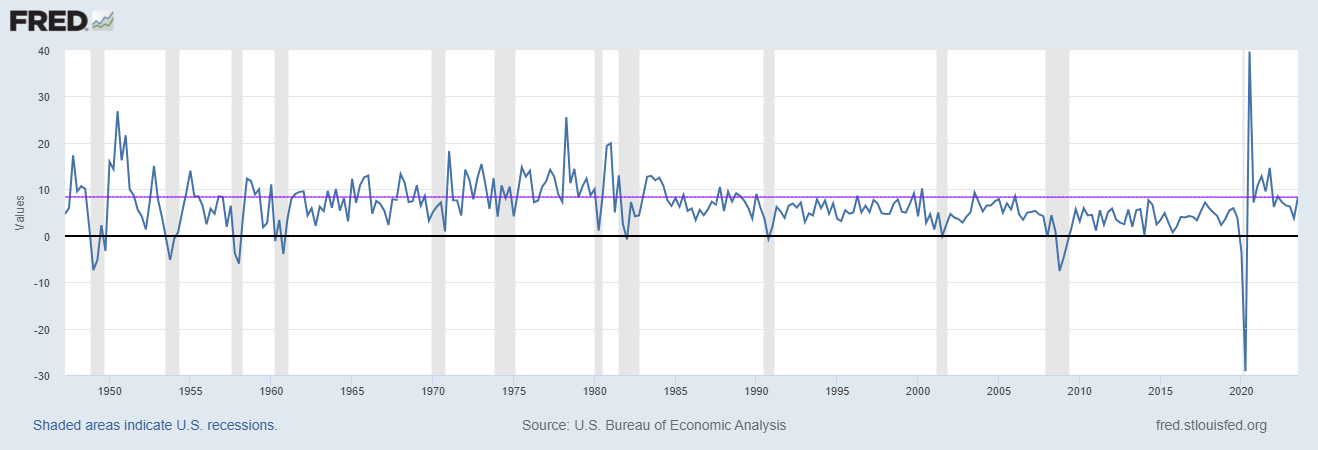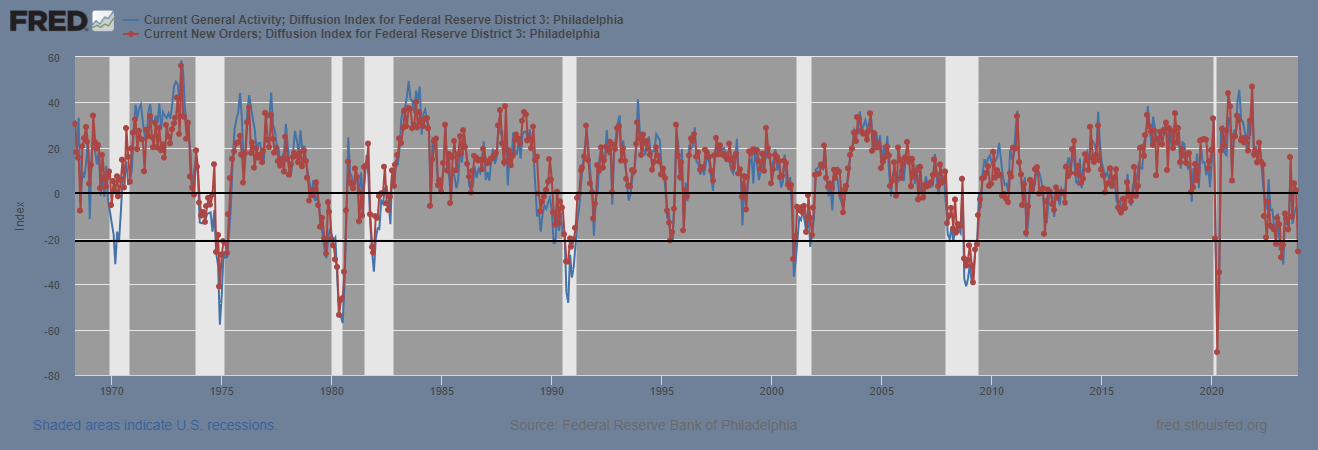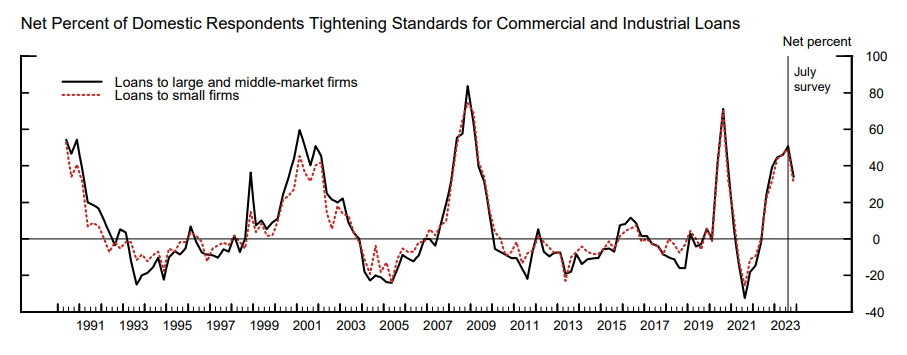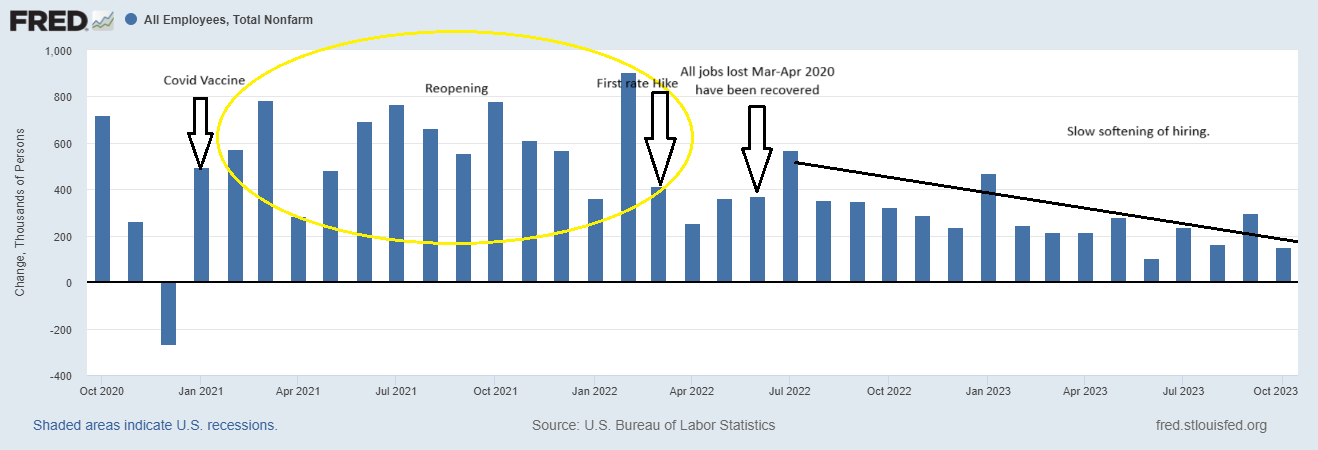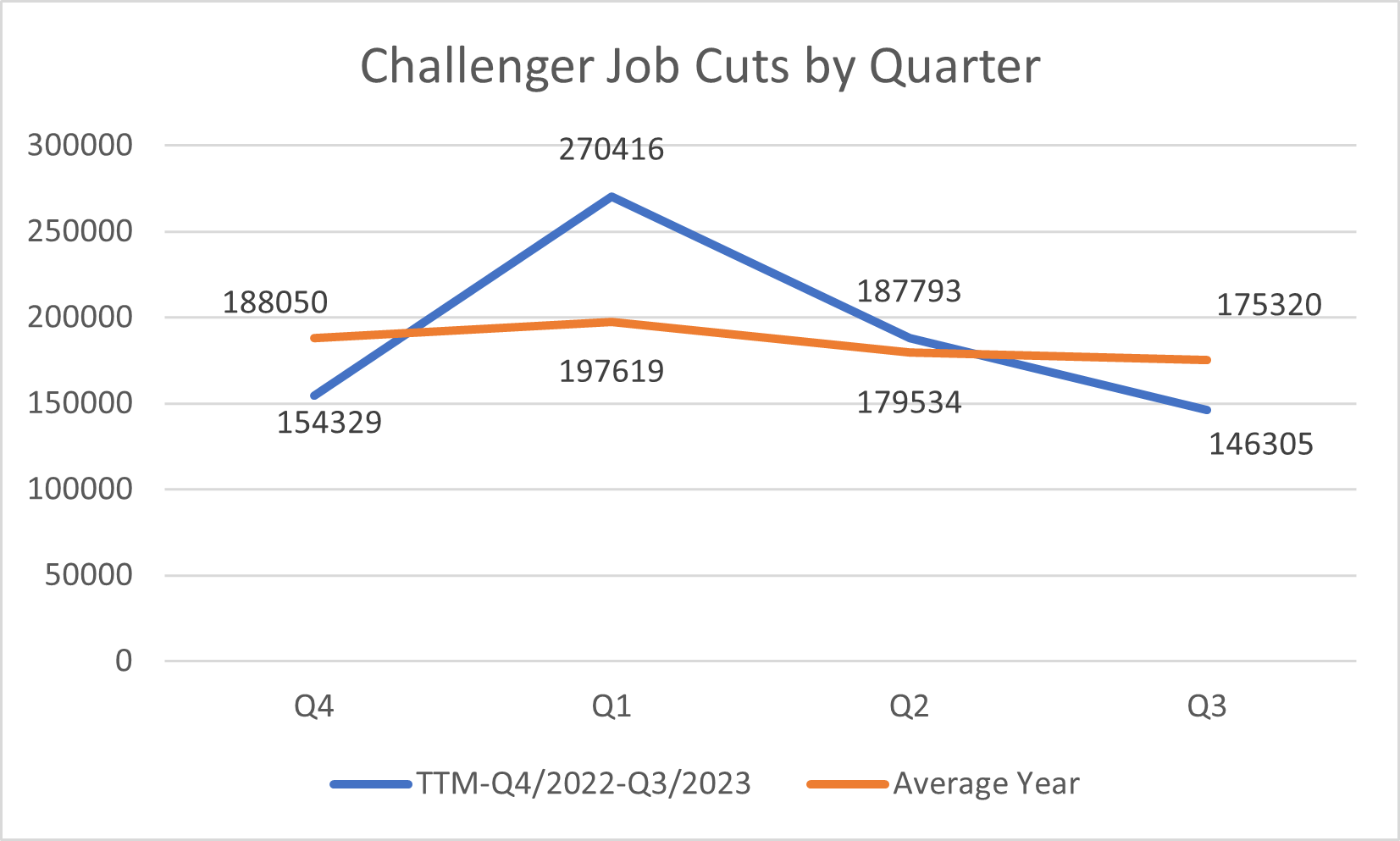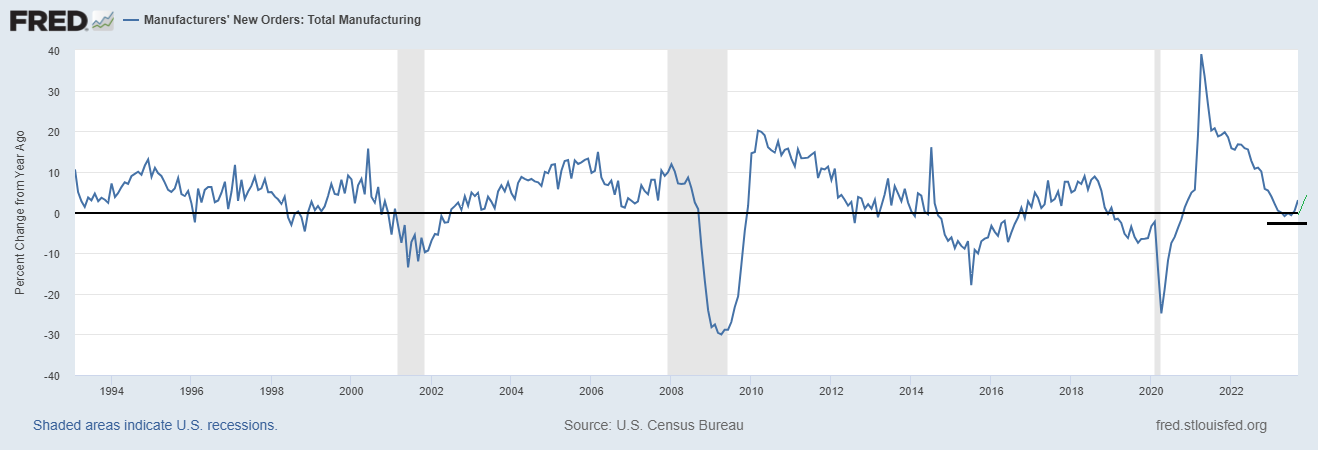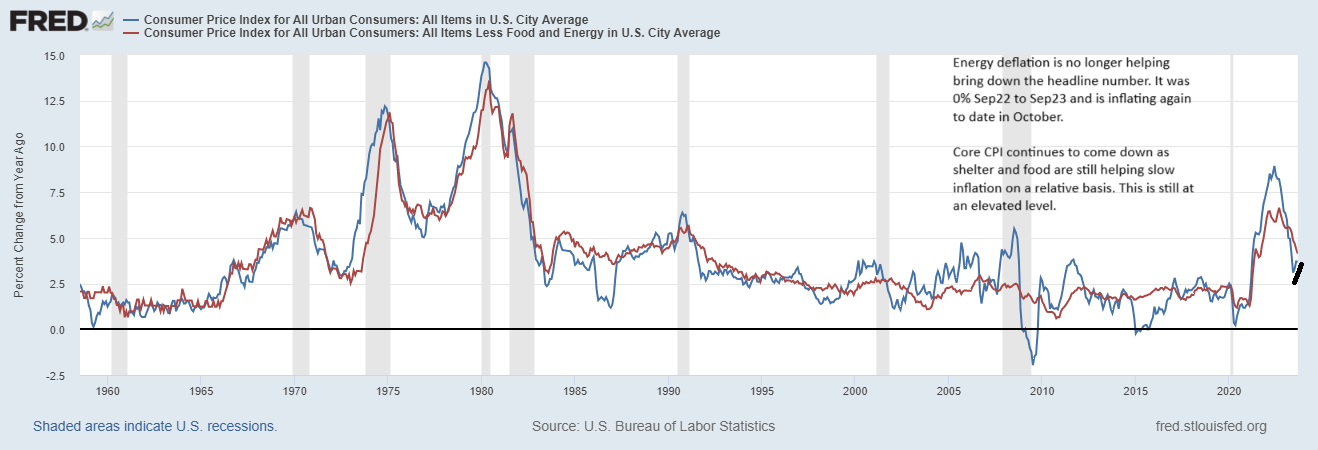Category Archive: 5) Global Macro
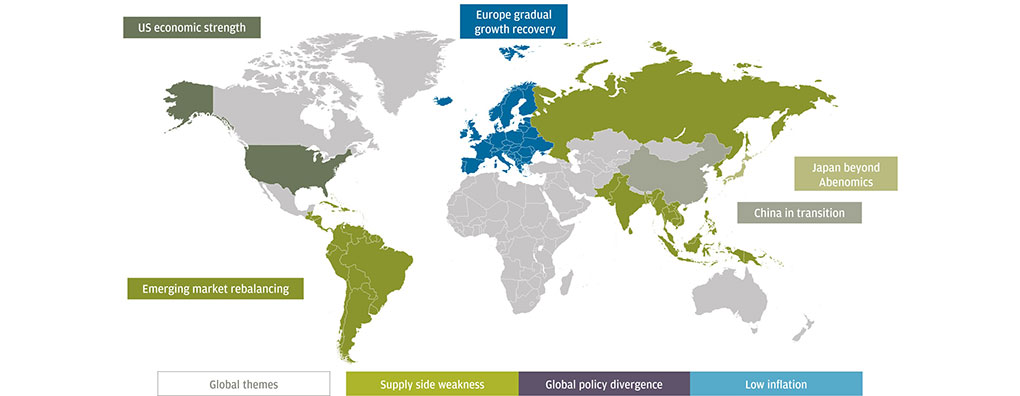
Why the euro has recovered? or are Markit PMI really reliable?
Here a follow-up of our contribution on Seeking Alpha written on August 15th, with the title “Are Markit PMIs really reliable?“. We recommended to go long the euro and the Swiss franc against the US dollar and sterling, because the Markit PMIs were not in line with trade balance data. Previously we suggested in … Continue...
Read More »
Read More »
Brad DeLong on Jackson Hole and Quantitative Easing
Berkeley Professor Brad DeLong has delivered a nice allegorical entry in his type pad on a quick Quantitative Easing. Letting speak old greek mythological figures he hides his personal opinion. A half now completely written platonic dialogue on what the Federal Reserve is Doing — or not Doing — Right Now DeLong explains the …
Read More »
Read More »
Net Speculative Positions , Global Markets and Outlook, week from August 20
Currency Positioning and Outlook, week from August 20 Submitted by Mark Chandler, from marctomarkets.com The market is like expectant parents who don’t know the gender of the fetus. They know something big is around the corner, but they don’t have enough information to make some important decisions. They can contemplate the future, but there …
Read More »
Read More »
Fed Violates its Own Inflation Targets. Should QE3 Be Postponed?
At this year’s Jackson Hole symposium, Ben Bernanke promised to help the economy via further easing if needed. We doubt his promises because because the Fed might contradict their inflation targets. Current levels of around 2 % for the consumer price inflation excluding food and energy (“core CPI“) and the deflator of the GDP …
Read More »
Read More »
Volatility ETFs’ crazy churn
Two volatility ETFs (VXX and UVXY) are having almost half of the trading volume in the world’s largest ETF (SPY). How come? First, the facts: SPY is heavily traded (19% of assets daily turnover) compared to IVV (also referring to the S&P 500). But then come the volatility ETFs. Tiny VIXY (assets $145m) … Continue reading...
Read More »
Read More »
Global PMIs Contracting More – Are Stocks Overvalued?
updated August 05,2012 We publish a detailed analysis of global PMIs and compare them with the main risk indicators S&P500, Copper, Brent and AUD/USD some days after most PMIs came out. Abstract: Thanks to positive US consumer confidence, stock markets are highly valued, whereas the Purchasing Manager Indices (PMIs) for the manufacturing industry are contracting …
Read More »
Read More »
Financialization and Crony Capitalism Have Gutted the Middle Class
The neofeudal colonization of the "home market" has transformed the middle class into debt serfs. According to the conventional account, the Great American Middle Class has been eroded by rising energy costs, globalization, and the declining purchasing power of the U.S. dollar in the four decades since 1973.
Read More »
Read More »
The End of Swiss and Japanese Deflation
At a time of speculations about global deflation, we show an interesting and very different aspect. Our CPI and wage data comparison among different developed countries, shows that Switzerland and Japan will see both inflation, whereas other countries like Australia will see disinflation.
Read More »
Read More »
Non-Farm Payrolls: Today’s preview
A detailed comparison of Non-Farm Payroll estimators from six different sources, like Bloomberg, ISM, Department of Labor and ADP.
Read More »
Read More »
Global Macro with all Global PMIs July 4th
updated July 4,2012 This page inside our macro data menu contains global PMIs compared with the main risk indicators S&P500, Copper, Brent and AUD/USD as of the day after most PMIs came out. JP Morgan’s Global PMI: Click for details inside the table, History of composite PMI
Read More »
Read More »
Quantitative Easing Indicators, June 2012
The main drivers for demand for Swiss francs are the Euro crisis, but even more the behavior of American investors, who go out of the dollar in the fear of further bad US economic data and in the fear of Quantitative Easing. This will push down the dollar and safe-havens like the CHF, gold or the … Continue reading »
Read More »
Read More »
The latest bubble: Real estate in Russia
Still a draft, From Barnaul, Siberia, Russia Inna, 28, is a high-school teacher, she has one child. Her monthly salary is 8’500 Russian Rubel, about 257 USD. Similarly as many state employees her salary is very low. Recently the state doubled the salary of policemen and soldiers from 20’000 RUB to 40’000 RUB. A main …
Read More »
Read More »
The vicious cycle of the US economy or why the US dollar must ultimately fall again
Just some simple words about the vicious cycle of the US economy and the consequences on the US dollar: A stronger USD will not rescue the US economy, quite the contrary. US companies will not hire in the US, but outsource or hire overseas. If they hire in the US, due to the high number …
Read More »
Read More »
The Chinese Government, a bubble creator or when finally does China consume ?
The years 2009 to 2011 have seen four institutions that created bubbles in commodity, stock and real estate markets. 2008 and 2009 saw the massive Keynesian interventions by the US state and the Chinese government. In 2009 the first Quantitative Easing measures enabled a first flood of hot money into Emerging Markets. Summer 2010 witnessed …
Read More »
Read More »
Forget Non-Farm Payrolls, Take US Personal Disposable Income as Lead Economic Indicator
The unreliable Non-Farm Payrolls has far too much importance Interesting to see that markets needed two relatively bad NFPs to really believe that their main indicators, the “Non-Farm Payroll” reports were strongly biased in January and February by a positive weather effect. HFT algorithms that highly influence stock market prices, are not able to take …
Read More »
Read More »
Keynesians vs. Anti-Keynesians: How price deflation has kick started the US growth
In recent posts Keynesians were criticized that hikes in the monetary base like Quantitative Easing (QE2) failed to lift the US economy, but it was the debt ceiling that helped to restore confidence in the US and that austerity can lead to GDP growth. Paul Krugman angrily replied that “even a huge rise in the …
Read More »
Read More »
Deutliche Unterschiede bei Bruttonationaleinkommen und Bruttoinlandsprodukt
Deutliche Unterschiede bei Bruttonationaleinkommen (BNE) und Bruttoinlandsprodukt (BIP) Im Gegensatz zu Irland und Luxemburg, wo das BIP wesentlich grösser als das BNE ist, ist es mit der Schweiz umgekehrt. Aufgrund der globalen Aktivitäten der Schweizer Firmen wuchs das BNE in den letzten Jahren wesentlich stärker als das BIP. Die einzige Ausnahme sind 2007 und 2008, …
Read More »
Read More »









